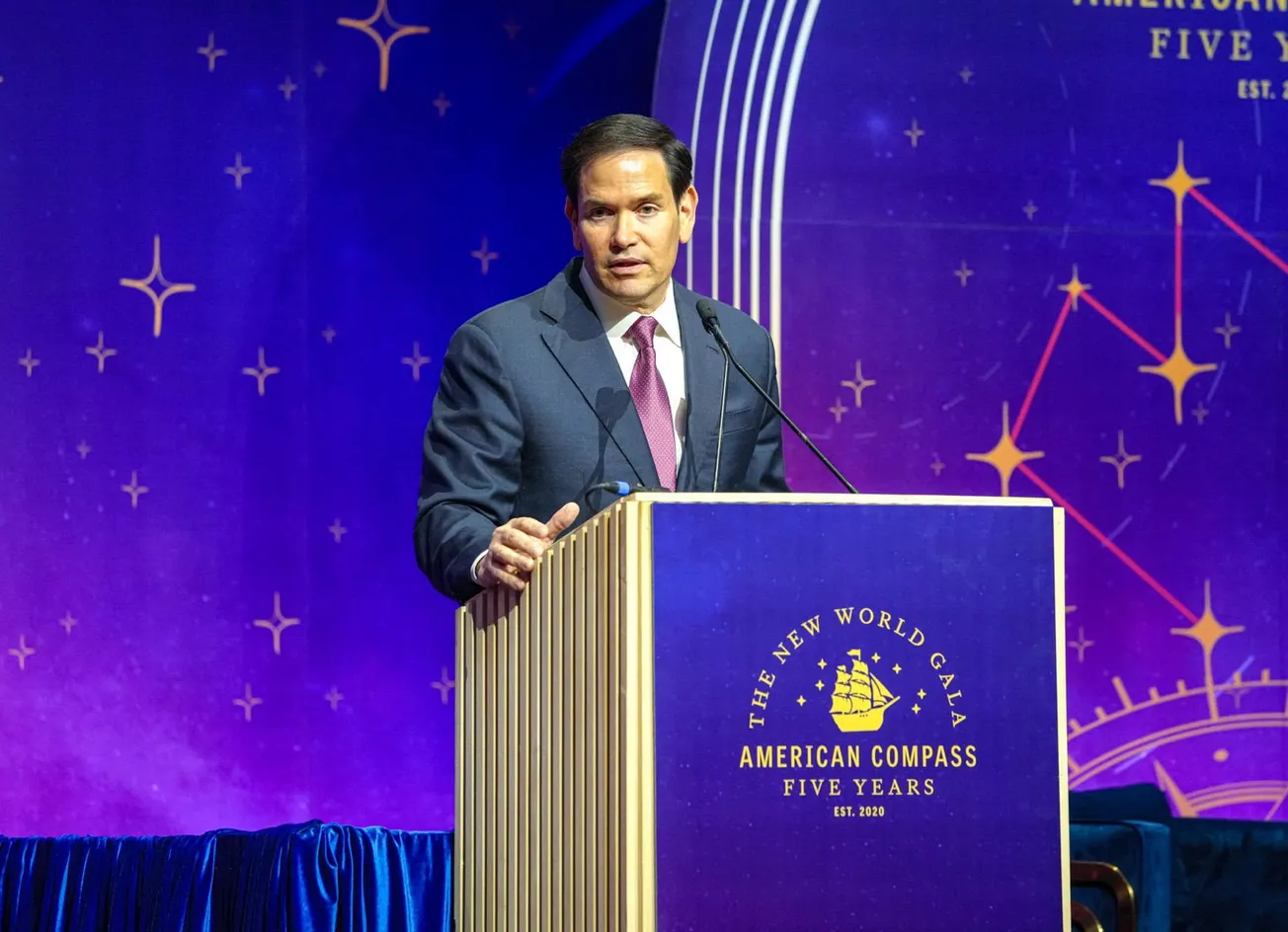Over the last week, there has been an average of 150,000 new COVID-19 cases per day in the United States. More worrisome still, the national positivity rate has jumped up to 9.6% — way above the 5% level epidemiologists consider the danger level. This is leading to hospital systems rapidly getting overloaded in numerous states, which is the reason cited by most governors (Democrat and Republican alike) for taking action now to impose new restrictions, before it is too late.
A record-breaking nearly 70,000 people were hospitalized with the coronavirus in the U.S. as of Nov. 15, Sunday, 13,000 more than a week earlier, according to the COVID Tracking Project. Deaths are running at more than 1,100 per day on average, an increase of over 50% from early October. Total deaths now stand at about 246,000, and there are over 11 million confirmed infections.
In California, Gov. Gavin Newsom (D) stated on Nov. 16 that “California is pulling an emergency brake,” announcing that 41 counties, which comprise over 94% of the state’s population, will be in the so-called purple tier, or most restrictive regimen, effective Tuesday. “We are sounding the alarm,” Newsom said in a statement. “California is experiencing the fastest increase in cases we have seen yet — faster than what we experienced at the outset of the pandemic or even this summer. The spread of COVID-19, if left unchecked, could quickly overwhelm our health care system and lead to catastrophic outcomes.” The state is “not waiting the extra day or extra week,” he said.
New Jersey Gov. Phil Murphy (D) stated on Nov. 16: “I must again pull back the reins,” and restrict indoor gatherings to 10 people, down from 25. “It gives me no joy.” North Dakota Gov. Doug Burgum (R), who has resisted a mask mandate for months, put one in place over the weekend, amid a severe outbreak in the state.
World Health Organization (WHO) General Director Dr. Tedros Adhanom Ghebreyesus put the U.S. situation in the global context. “Right now we are extremely concerned by the surge in cases we’re seeing in some countries. Particularly in Europe and the Americas, health workers and health systems are being pushed to the breaking point.… Those countries that are letting the virus run unchecked are playing with fire.” He added that there are “a significant number of people experiencing long-term effects of the virus,” and health workers in particular are facing “extreme mental health pressure and cases severely burdening health systems in too many countries. A laissez-faire attitude to the virus, not using the full range of tools available, leads to death, suffering and hurts livelihoods and economies…. There is once again a narrow window of time to strengthen key systems.”




